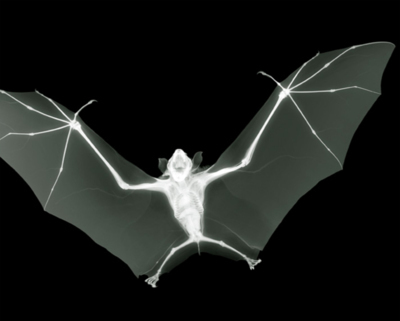Recommended Posts
robibird 2
In order to avoid hesitation during deployment make sure that the PC is:
Skydiving
1. Proper size
2. Properly secured in BOC or PC pouch (for those suits which have this option)
3. Have either PVC tube handle or internal handle or no handle
IMHO, WS skydive with a hacky PC is acceptable (this fashion has been present in skydiving for years anyway)
In case you are skydiving with hacky handle type of PC, check out the attachment between the PC and handle itself. There are many different manufacturers and many models of hacky. The Best PC w hacky are those which have hacky handle attached close to the apex. Choose a hacky which is light too
4. Use a WS (long) bridle. (Standard length work OK too, it just shouldn't be ridiculously short)
Summary: During the many thousands of WS jumps conducted in last 5-6 years there was for sure plenty of PC hesitations and self cleared knots between bridle and PC too. Luckily we all have reserves and that fact helps us to be relaxed even if our equipment is not 100% suited for WS skydive.
BASE
1. Correct type and size
2..Have either PVC roll handle or internal handle or no handle.
A hacky handle PC is not acceptable! PCs with the hacky are top heavy. After the pull the PC will always ''dance'' until it is fully inflated, this is caused by the handle travelling slower than the PC body in the air stream, "dancing" is the critical period, where the PC can hit the bridle and create a solid knot.
3.Pack the PC in properly ( preferably the mushroom type of packing )
Pull sequence
Skydiving:
My opinion is that there is no need to watch the PC during the extraction.
No need for that really. However, if nothing going on for 2-3 second than take a look :o)
BASE
Personal preference . If the head turn is fast and performed with minimum movement of the rest of the body, this will not effect the opening at all.
I always check the PC after pull! It requires just one quick head turn to the right.
Skydiving
1. Proper size
2. Properly secured in BOC or PC pouch (for those suits which have this option)
3. Have either PVC tube handle or internal handle or no handle
IMHO, WS skydive with a hacky PC is acceptable (this fashion has been present in skydiving for years anyway)
In case you are skydiving with hacky handle type of PC, check out the attachment between the PC and handle itself. There are many different manufacturers and many models of hacky. The Best PC w hacky are those which have hacky handle attached close to the apex. Choose a hacky which is light too
4. Use a WS (long) bridle. (Standard length work OK too, it just shouldn't be ridiculously short)
Summary: During the many thousands of WS jumps conducted in last 5-6 years there was for sure plenty of PC hesitations and self cleared knots between bridle and PC too. Luckily we all have reserves and that fact helps us to be relaxed even if our equipment is not 100% suited for WS skydive.
BASE
1. Correct type and size
2..Have either PVC roll handle or internal handle or no handle.
A hacky handle PC is not acceptable! PCs with the hacky are top heavy. After the pull the PC will always ''dance'' until it is fully inflated, this is caused by the handle travelling slower than the PC body in the air stream, "dancing" is the critical period, where the PC can hit the bridle and create a solid knot.
3.Pack the PC in properly ( preferably the mushroom type of packing )
Pull sequence
Skydiving:
My opinion is that there is no need to watch the PC during the extraction.
No need for that really. However, if nothing going on for 2-3 second than take a look :o)
BASE
Personal preference . If the head turn is fast and performed with minimum movement of the rest of the body, this will not effect the opening at all.
I always check the PC after pull! It requires just one quick head turn to the right.
And if you are Robi you just close the right wing and compensate with the legs to keep the heading and pull at 200' 
Memento Audere Semper
903
903



Kris.
Share this post
Link to post
Share on other sites